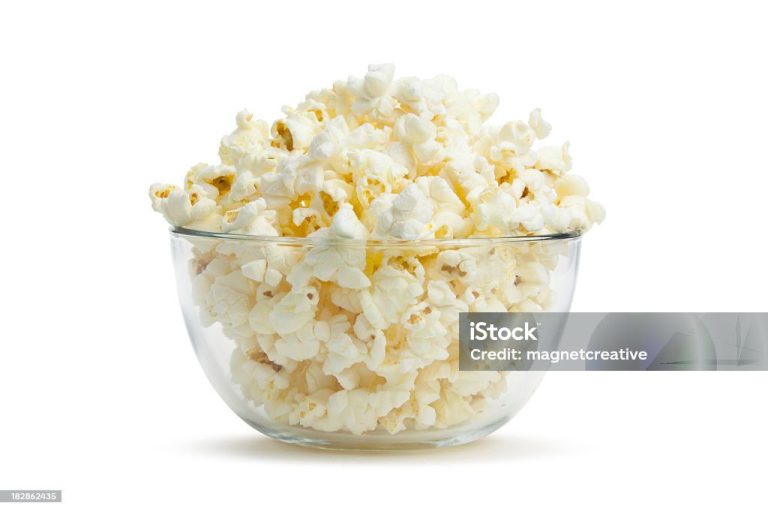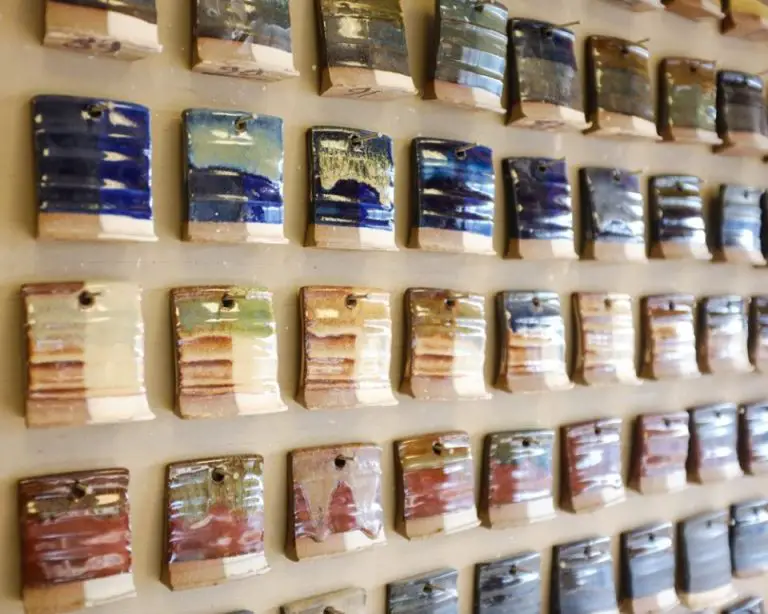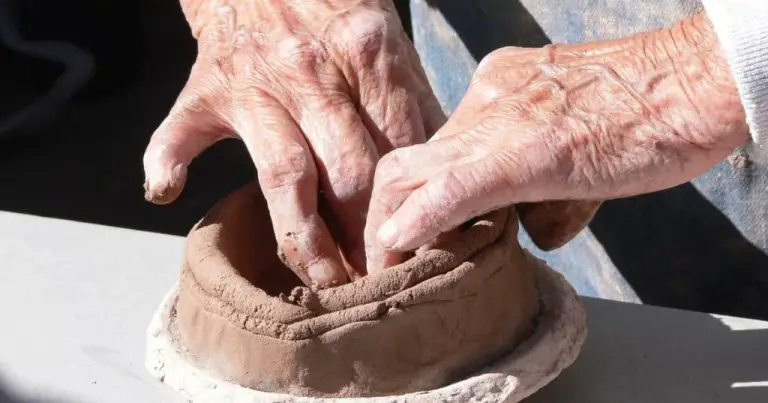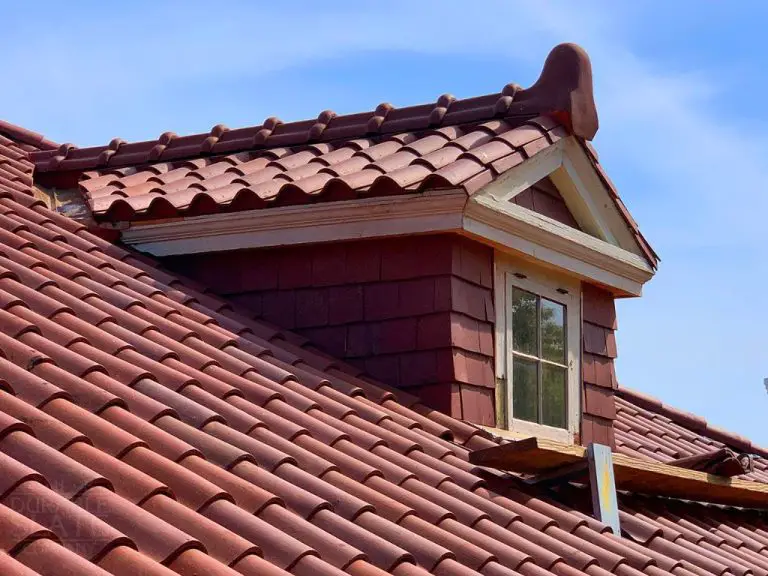Can You Tell The Difference Between Ceramic And Regular Tint?
What is Window Tint?
Window tint is a thin film or coating that is applied to glass surfaces, typically on vehicle windows or building windows. The main purposes of window tint are to reduce heat from sunlight, provide UV protection, enhance privacy, and improve aesthetics.
The history of window tint dates back thousands of years to ancient Mesopotamian and Egyptian cultures that developed methods for tinting glass for beads and other objects. But it wasn’t until the 1960s that the first modern automotive window tint was invented by E-Z Eye Factory for use in car windows. https://pacific-tint.com/blog/history-of-window-tint/
Today there are three main types of window tint:
- Dyed window tint – Tiny particles are dyed and suspended in the tint material
- Metallic window tint – Tiny metal particles are suspended in the tint material
- Ceramic window tint – Ceramic nanoparticles are embedded in the tint material
How Window Tint Works
Window tint is made up of thin polyester or carbon sheets that are coated with metal oxides. These materials work together to block certain wavelengths of light from passing through the window.
The polyester or carbon base gives the tint its overall structure and allows it to adhere to the window glass. The metal oxide coatings are engineered to absorb and reflect specific wavelengths of light, like ultraviolet rays and infrared radiation from the sun.
Different tints use different metal oxides to block light selectively. For example, standard dyed films might use oxides like copper, iron and silver to absorb more of the visible light spectrum, giving the tint its darker appearance. Ceramic tints often use more complex metal oxide layers to better filter infrared radiation that creates heat, while maintaining visible light transmittance.
The combination and thickness of the materials determine the tint’s overall light blocking capabilities. Tints that block more visible light appear darker, while those designed to reject more heat-causing infrared rays maintain clearer visibility.
Ceramic Window Tint
Ceramic window tint is made up of nano-ceramic particles that are integrated into the tint film. These ceramic particles block more of the infrared rays from the sun compared to traditional dyed tint films. According to Madico, ceramic tint can block up to 60-80% of infrared rays while regular dyed films only block around 50%. This superior heat rejection ability helps keep the car’s interior cooler.
Additionally, ceramic tint films allow more visible light to pass through than dyed films. A ceramic tint with 20% VLT will appear slightly darker than a dyed tint with 20% VLT. This increased visible light transmission provides better visibility while still blocking UV rays. As noted by Jet Black Tint, ceramic films are often offered in higher VLT options like 70% while most dyed films max out around 50% VLT.
Regular Dyed Window Tint
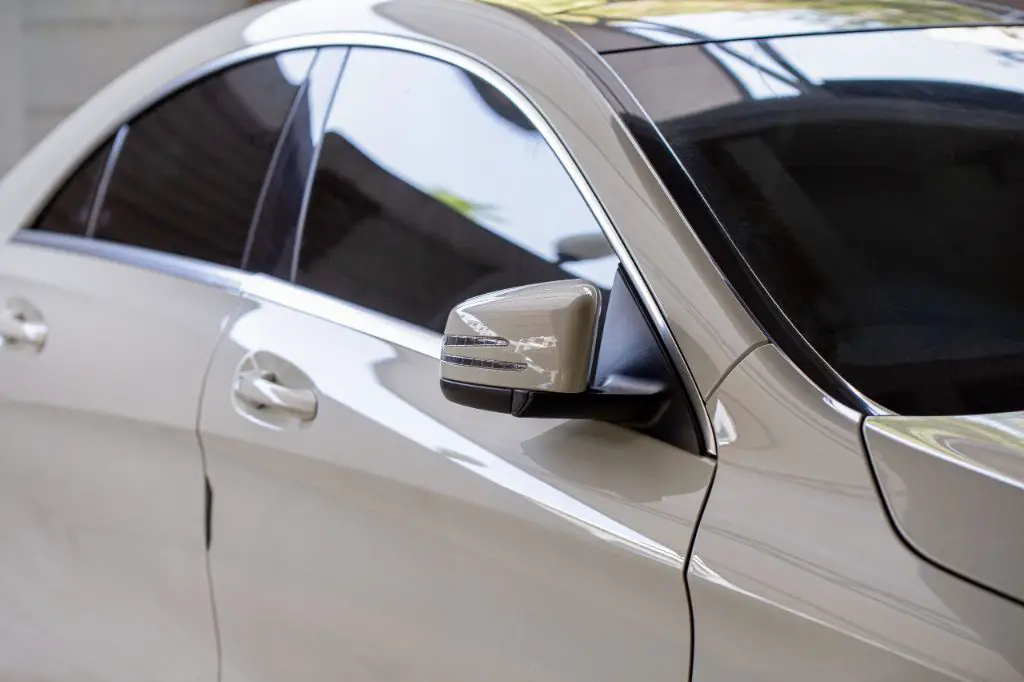
Regular dyed window tint is made of a layer of dye that is sandwiched between an adhesive layer and a protective polyester layer (https://www.rvinyl.com/types-of-window-tint). The adhesive allows the film to stick to the glass window, while the dyed polyester layer provides coloration and some heat rejection capabilities.
Compared to other types of tint like ceramic, regular dyed window tint is generally less effective at rejecting heat from sunlight. The dyed material absorbs more solar energy and does not reflect infrared rays as well (https://ceramicpro.com/learning-the-facts-about-dyed-window-tint/). This means dyed films allow more heat to pass through into the vehicle interior.
The darkness or visible light transmission (VLT) percentage of dyed window tint impacts how much light gets through. Darker tints block more visible light from entering for increased privacy, but also reduce visibility from inside the vehicle more. Lighter tints maintain visibility but provide less heat rejection (https://www.evofilmshop.com/dyed-window-tint-film-for-cars-explained).
Comparing Ceramic and Dyed Tint
Ceramic and dyed tint differ in a few key ways when it comes to performance and durability:
Visible Light Transmission
Ceramic tints allow more visible light to pass through, with VLT ranging from 50-75%, while dyed films typically have a VLT of 5-35% (1). This means ceramic films keep the interior brighter.
Total Solar Energy Rejected
Ceramic tint rejects up to 98% of infrared rays, while dyed films reject 60-80% typically (2). By better blocking heat and UV rays, ceramic films provide added protection and comfort.
Fade Protection
Ceramic tint is significantly more fade resistant, with a 99% UV rejection rate. Dyed films may start to fade after 1-5 years (3).
Lifespan
Ceramic films last 7-12 years generally, while dyed films last 4-8 years before needing replacement (1). The ceramic particles make ceramic tint more durable.
In summary, ceramic tint maintains visibility, blocks more heat/UVs, resists fading longer, and lasts longer overall compared to standard dyed window films.
1. https://thetintguy.com/ceramic-tint-vs-regular-tint/
2. https://www.metropolitantinting.com/dyed-film-vs-ceramic-window-tint-what-s-the-difference
3. https://ceramicpro.com/the-truth-about-ceramic-tint-vs-regular-window-tint/
Benefits of Ceramic Over Dyed
Compared to regular dyed window tint, ceramic window tint offers several advantages:
Better heat rejection
Ceramic window films are more effective at blocking infrared light and UV rays, allowing less heat to pass through the windows. This results in a cooler interior temperature and reduces the load on air conditioning systems (1). Ceramic tints reject up to 60% of solar heat, compared to 40-50% rejection from dyed films (2).
Higher clarity
Ceramic tint films maintain visibility and optical clarity far better than dyed films. Dyed tints often take on a hazy, opaque appearance over time as the dyes degrade and fade, but ceramic tint retains its crystalline structure for longer lasting clarity (1).
Lower interior fading
The advanced UV blocking capabilities of ceramic tint prevent fading and deterioration of interior fabrics, leather, and plastics. Ceramic films block up to 99% of UV rays versus 70-85% blocked by dyed films (2). This protection preserves the look of car interiors.
Longer lifespan
While traditional dyed films may bubble, peel, and turn purple after 3-5 years, ceramic films can last up to 10 years or more with warranted protection against cracking, bubbling, and demetallization (1). The durable ceramic layer is more scratch and abrasion resistant as well.
Sources:
(1) https://www.fairfieldtintmasters.com/pros-and-cons-of-ceramic-window-tint
(2) https://premierdetailingandwash.com/6-benefits-ceramic-window-tint/
Drawbacks of Ceramic Tint
While ceramic tint has many benefits over traditional dyed film, it also comes with some drawbacks to consider:
Ceramic tint is significantly more expensive than regular tint. You can expect to pay 50-100% more for ceramic films, with professional installation pricing starting at around $500 for a basic sedan, compared to $250-300 for dyed films (https://www.tintix.com/ceramic-tint-vs-standard-films-pros-and-cons/).
Ceramic tints also cause a slight darkening of the exterior appearance of the windows, which some people may not prefer aesthetically. The darkness is minimal, with most ceramic films allowing 70% of visible light transmission, but it may be noticeable at certain angles.
While ceramic films excel at IR heat rejection, they provide only minimal reductions in nighttime glare compared to metallic or dyed films. So drivers may still experience some glare issues at night with ceramic tints (https://www.globaltintusa.com/blog/2019/10/31/infographic-pros-and-cons-of-ceramic-window-tinting/).
When to Choose Ceramic Tint
Ceramic tint is ideal for certain situations and climates. Here are some of the main reasons you may want to choose ceramic over dyed film:
- Hot, sunny climates: Ceramic tint is extremely effective at rejecting heat and blocking UV rays. If you live in a hot climate like Arizona or Florida, ceramic tint will help keep your car’s interior cooler and prevent fading (source).
- Priority is heat rejection: The nano-ceramic technology in ceramic tints reflect more infrared radiation from the sun compared to traditional dyed films. If heat rejection is your top priority, ceramic is the way to go (source).
- Concerned about interior fading: Ceramic tint blocks up to 99% of UV rays which can cause interior fading. It provides superior protection for your vehicle’s upholstery and dash from the sun (source).
- Want longevity: Ceramic films are more scratch resistant and long-lasting than traditional dyed tints. If you want a tint that will last for many years, ceramic is the best option.
When to Choose Dyed Tint
Dyed window tint may be the better choice in certain situations such as:
Cooler climates– Dyed films provide excellent heat rejection properties to help maintain cool interior temperatures. Since hotter climates are less of a concern, dyed films make sense for cooler parts of the country. According to Metropolitan Tinting, dyed films block as much as 60% of infrared light that produces heat.
Priority is visible light blocking – The main priority for some car owners is limiting visible light transmission and glare. Dyed films come in very dark tints that allow minimal interior light, so they are ideal when glare reduction and privacy are the primary goals.
Short term solution needed – Dyed tint doesn’t last as long as ceramic, but can serve as an affordable short term option. When the tint needs replacing in 5 years or so, ceramic tint could then be installed for longer term durability.
Budget conscious – Dyed films tend to cost 20-30% less than comparable ceramic films. For those looking to save money upfront, dyed window tint provides decent performance at a more affordable price point.
Conclusion
In summary, the key differences between ceramic and dyed window tints are:
- Ceramic tints block more heat and UV rays while allowing more visible light transmission.
- Ceramic tints have a non-metallic, multi-layered construction while dyed tints use a simple metallized layer.
- Ceramic tints last longer, resist scratches better, and have less interference with radio signals.
- Dyed tints are more affordable and offer a wider selection of colors and shades.
When choosing between the two tint types, here are some recommendations:
Use ceramic tint if:
- You live in a hot, sunny climate and want maximum heat/UV ray rejection.
- You prioritize tint longevity and scratch resistance.
- You drive luxury or high-end vehicles where appearance matters.
Use dyed tint if:
- You live in a cooler climate and mainly need UV ray protection.
- You want the widest choice of tint shades and colors.
- You have a standard or older vehicle and want a budget-friendly option.
In the end, consult with a professional installer to determine which type of tint is right for your specific vehicle, climate, driving needs and budget.

